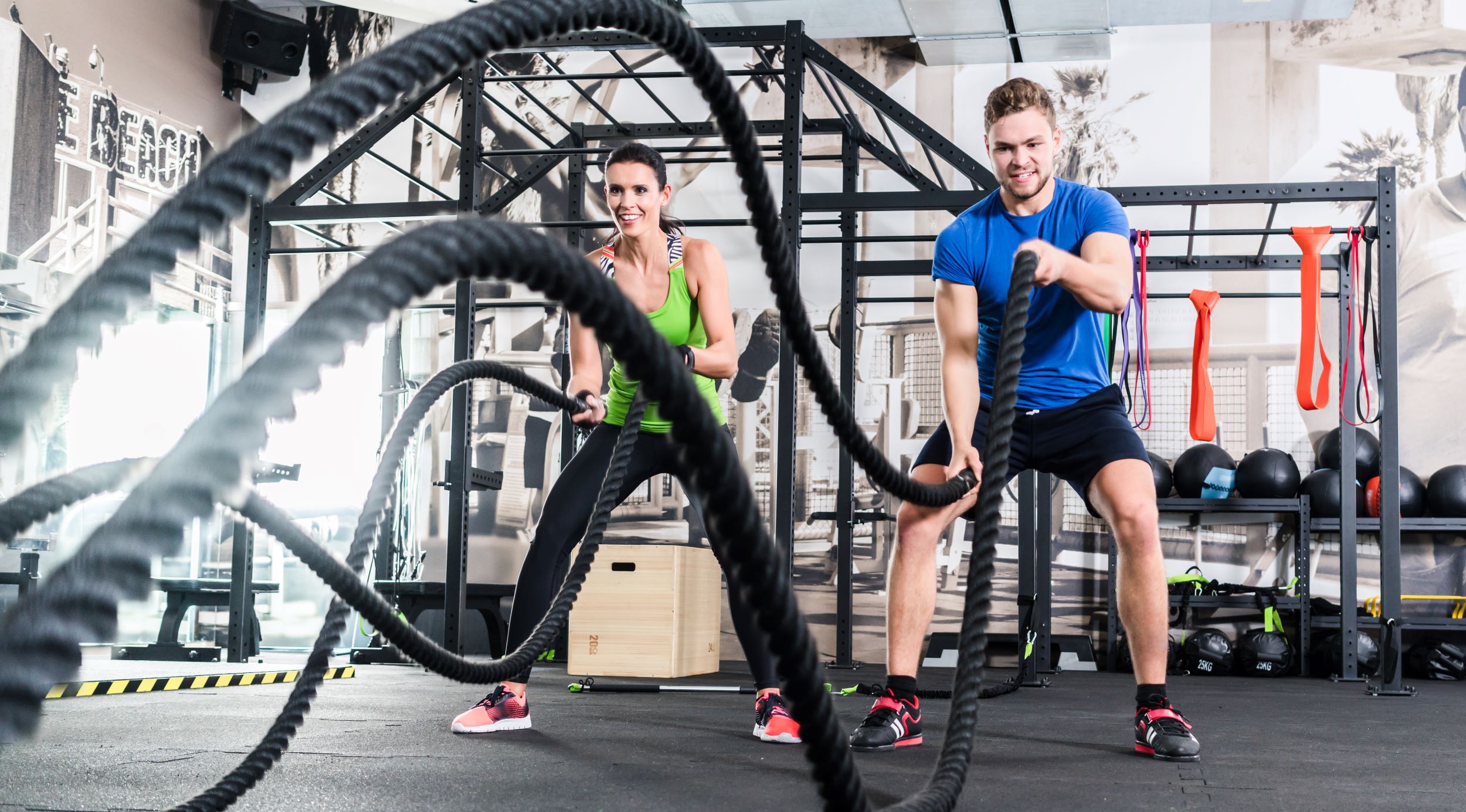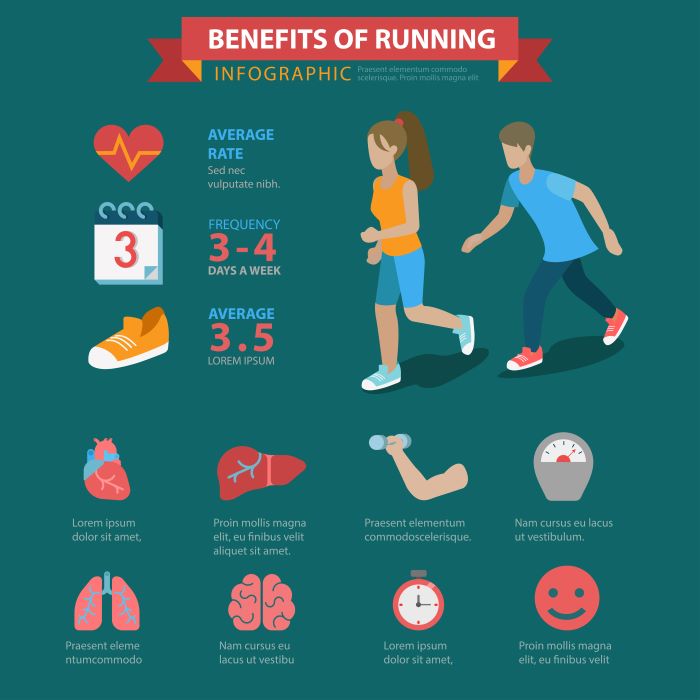Embarking on the journey of half marathon training can be both exhilarating and daunting, especially for those transitioning from a sedentary lifestyle. Understanding this journey is crucial for setting realistic goals and ensuring a successful race day. The path from couch to race is not just about physical training; it involves mental preparation, nutrition, and building a supportive community.
Initially, it’s important to assess your current fitness level. This will help you tailor your training plan. Consider starting with a few basic steps:
- Set clear goals: Define what you want to achieve, whether it’s completing the race, improving your time, or simply enjoying the experience.
- Find a training plan: Look for programs designed for beginners. Many plans span 12 to 16 weeks and incorporate a mix of running, walking, and rest days.
- Invest in proper gear: Quality running shoes and appropriate clothing can make a significant difference in your training experience.
In addition to physical preparation, engaging with a vibrant running community can enhance your motivation and accountability. Joining local running clubs or online forums can provide essential support and encouragement as you navigate the ups and downs of training.
To kickstart your journey, visit our website to learn more and get started today! Click here.
Creating a Personalized Training Plan for Success
Creating a personalized training plan is a fundamental step in your half marathon training journey. A well-structured plan not only accommodates your current fitness level but also aligns with your individual goals and lifestyle. Here’s how to craft a successful training blueprint:
1. Assess Your Current Fitness Level: Before diving into your training, evaluate where you stand. Consider factors like your running experience, any previous races, and your current weekly mileage. This assessment will help you choose a plan that suits you best.
2. Define Your Goals: Are you aiming to finish your first half marathon, improve your pace, or simply enjoy the experience? Setting clear, achievable goals will guide your training and keep you motivated.
3. Incorporate Various Workouts: A balanced training plan should include:
- Long Runs: These build endurance and should gradually increase in distance.
- Speed Work: Incorporate intervals or tempo runs to improve your pace.
- Cross-Training: Engage in activities like cycling or swimming to enhance overall fitness while reducing the risk of injury.
4. Schedule Rest Days: Recovery is just as important as training. Be sure to include rest days to allow your body to recover and adapt.
5. Monitor Your Progress: Keep a training journal to track your runs, how you felt, and any adjustments you made. This will help you stay accountable and highlight areas that may need improvement.
By following these steps, you can create a personalized training plan that not only prepares you for race day but also makes the process enjoyable and fulfilling.
Essential Gear for Half Marathon Runners

Equipping yourself with the right gear is crucial for a successful half marathon experience. The right equipment not only enhances your performance but also ensures your comfort and safety throughout the training and race day. Here’s a rundown of essential gear for half marathon runners:
1. Running Shoes: Investing in a good pair of running shoes is paramount. Look for shoes that provide adequate cushioning, support, and fit well with your foot type. Consider visiting a specialty running store for a fitting to find your perfect match.
2. Moisture-Wicking Clothing: Choose lightweight, breathable fabrics that wick moisture away from your body. This helps keep you dry and comfortable, reducing the risk of chafing during long runs.
3. GPS Watch or Fitness Tracker: A GPS watch or fitness tracker can help you monitor your pace, distance, and heart rate. These devices are invaluable for tracking your progress and adjusting your training accordingly.
4. Hydration Gear: Staying hydrated during your runs is essential. Consider using a hydration belt, handheld bottle, or a hydration pack to carry water or sports drinks, especially during longer training sessions.
5. Safety Gear: If you plan to run in low-light conditions, invest in reflective gear or a headlamp to enhance your visibility. This is crucial for your safety during early morning or evening runs.
6. Fueling Supplies: Energy gels, chews, or bars can be helpful for longer runs. Experiment with different options during training to find what works best for you without causing digestive issues.
Having the right gear can significantly impact your training experience and performance on race day. Make sure to choose items that you are comfortable with and that meet your specific needs as a runner.
Nutrition Tips to Fuel Your Training

As you embark on your journey from couch to half marathon, paying attention to your nutrition is just as important as your training regimen. Proper fueling can enhance your performance, aid recovery, and keep your energy levels high. Here are some nutrition tips to fuel your training:
1. Balanced Diet: Focus on a well-rounded diet that includes carbohydrates, proteins, and healthy fats. Carbs are your primary energy source, so aim for whole grains, fruits, and vegetables. Proteins help repair muscles, while healthy fats support overall health.
2. Pre-Run Fuel: Have a light meal or snack about 30 to 60 minutes before your run. Opt for easily digestible foods like a banana, oatmeal, or a slice of toast with nut butter. This will provide you with energy without causing discomfort.
3. Hydration: Staying hydrated is essential, especially during long runs. Drink water throughout the day and consider electrolyte drinks during longer training sessions. Monitor your hydration by checking the color of your urine; light yellow indicates good hydration.
4. Post-Run Recovery: After your runs, refuel with a combination of carbs and protein. A smoothie with fruit and yogurt, or a sandwich with turkey and whole grain bread, can help replenish glycogen stores and support muscle recovery.
5. Listen to Your Body: Pay attention to how different foods affect your performance and energy levels. Everyone’s body responds differently, so it’s crucial to find what works best for you through experimentation during training.
By incorporating these nutrition tips into your training routine, you’ll be better equipped to tackle the challenges of half marathon training and ensure you have the energy and stamina to cross that finish line.
Incorporating Rest and Recovery into Training

In the quest for half marathon success, rest and recovery are often overlooked yet essential components of a well-rounded training plan. Incorporating adequate recovery time not only helps prevent injuries but also enhances your overall performance. Here are some effective strategies to integrate rest and recovery into your training:
1. Schedule Rest Days: Allocate at least one to two rest days each week to allow your body to repair and rebuild. These days are crucial for muscle recovery and can prevent burnout, ensuring that you remain motivated and energized throughout your training.
2. Active Recovery: Instead of complete rest, consider incorporating active recovery days, which may include low-intensity activities such as walking, cycling, or yoga. These activities can promote blood flow to your muscles, aiding in recovery without putting additional strain on your body.
3. Sleep Quality: Prioritize sleep as it plays a vital role in recovery. Aim for 7-9 hours of quality sleep each night to allow your body to heal and restore. Consider establishing a calming bedtime routine to enhance your sleep quality.
4. Listen to Your Body: Pay close attention to how your body feels during training. If you experience persistent fatigue or soreness, don’t hesitate to take an extra rest day or modify your training intensity. This will help you avoid overtraining and reduce the risk of injuries.
5. Utilize Recovery Techniques: Explore various recovery techniques such as foam rolling, stretching, or even massage therapy. These methods can alleviate muscle tension, improve flexibility, and accelerate the healing process.
By effectively incorporating rest and recovery into your training schedule, you’ll enhance your running performance, reduce the likelihood of injuries, and ultimately enjoy the journey to your half marathon with renewed energy and enthusiasm.
Joining a Community for Motivation and Support

Embarking on a half marathon training journey can be both exhilarating and daunting, which is why joining a running community can be an invaluable asset for motivation and support. Being part of a community not only fosters accountability but also enhances your overall experience. Here’s how connecting with fellow runners can elevate your training:
1. Shared Experiences: Engaging with other runners allows you to share successes and challenges. Hearing stories from those who have completed similar journeys can inspire you and provide practical tips to overcome obstacles.
2. Group Workouts: Many communities organize group runs, which can make training more enjoyable. Running with others not only adds a social element but also encourages you to push your limits, helping you achieve your goals faster.
3. Emotional Support: The journey to a half marathon can be filled with ups and downs. Having a supportive network means you have people to celebrate your achievements and uplift you during tough times, making the process less isolating.
4. Access to Resources: Communities often provide access to additional resources, such as training plans, nutrition advice, and injury prevention tips. You can learn from seasoned runners and gain insights that are tailored specifically to your goals.
5. Events and Challenges: Many running communities host events, races, or challenges that can add an exciting dimension to your training. Participating in these can motivate you to stay committed to your training plan.
Joining a running community can transform your half marathon training experience. With camaraderie and encouragement, you’ll find the motivation to keep going, even on the toughest days. Visit our website to learn more and get started today! Click here.


